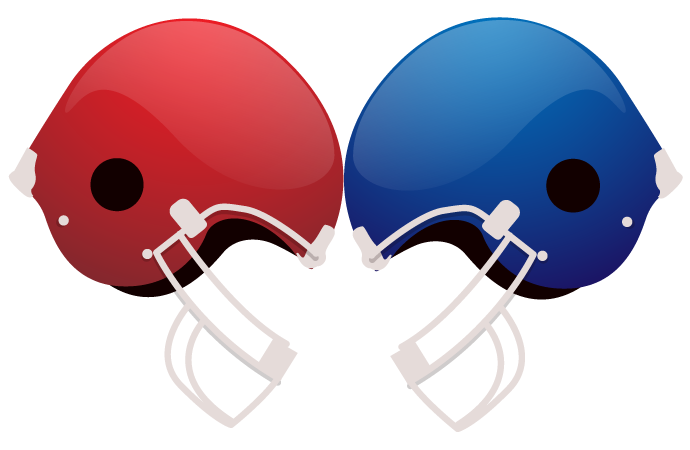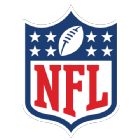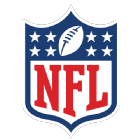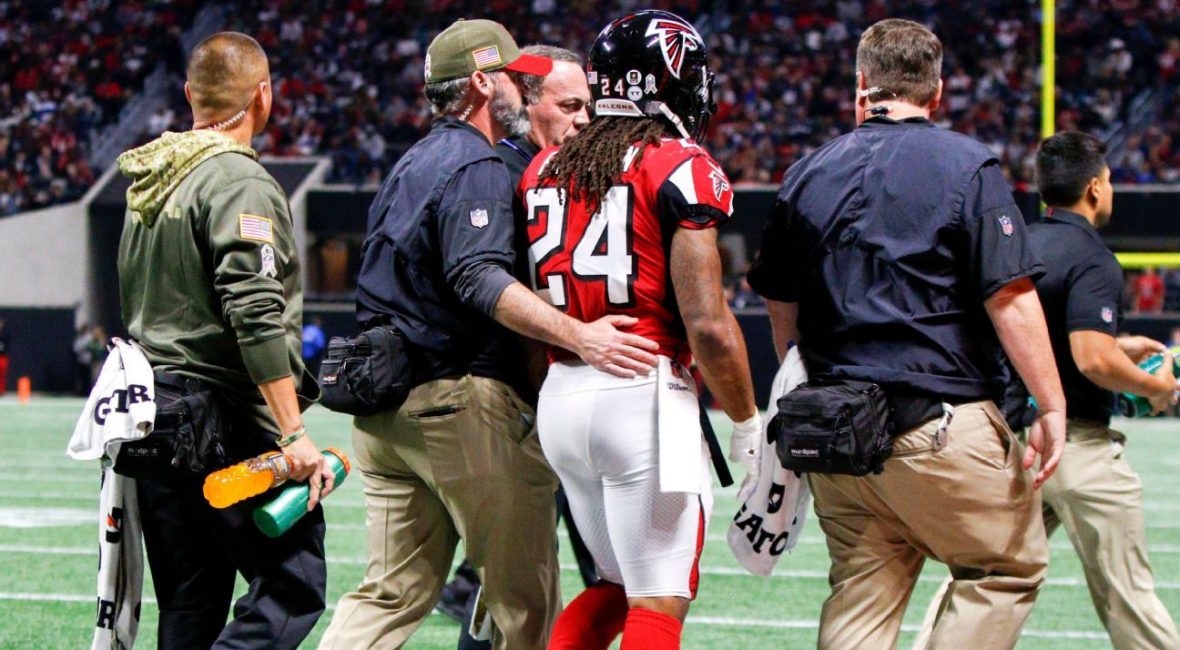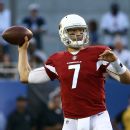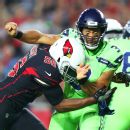METAIRIE, La. — The New Orleans Saints are re-signing veteran cornerback Sterling Moore, a source confirmed.
The move suggests that the Saints want to be prepared in case their standout rookie cornerback, Marshon Lattimore, is unable to return from his ankle injury in time for Sunday’s game at the Los Angeles Rams.
The Saints’ plan to re-sign Moore was first reported by NOLA.com.
Lattimore — a leading candidate for defensive rookie of the year — was injured while breaking up a pass in the end zone on the opening series of Sunday’s 34-31 win over Washington. He tried to come back in the second half but quickly returned to the sideline.
Lattimore suggested on Twitter on Sunday evening that he’ll be fine. But both he and Saints head coach Sean Payton declined to offer any injury updates on Monday.
Im solid y’all, I’m gone shake back!
— Marshon Lattimore (@shonrp2) November 19, 2017
The Saints replaced Lattimore with third-year pro P.J. Williams in the starting lineup. And second-year pro De’Vante Harris served as the nickel back. But both of them struggled at times as the Saints allowed Kirk Cousins to throw for 322 yards and three touchdowns.
Moore, 27, was New Orleans’ best cornerback last year when he signed in Week 1 and wound up playing a major role as an injury replacement. He started 12 games, led the team with 13 passes defended and tied for the team lead with two interceptions.
The Saints deemed Moore expendable last month, however, after he appeared in only two games with three tackles. Starters Lattimore and Ken Crawley have both played at a high level.
Moore (5-foot-10, 202 pounds) has started a total of 31 games in seven years with the New England Patriots, Dallas Cowboys, Tampa Bay Buccaneers and Saints.

